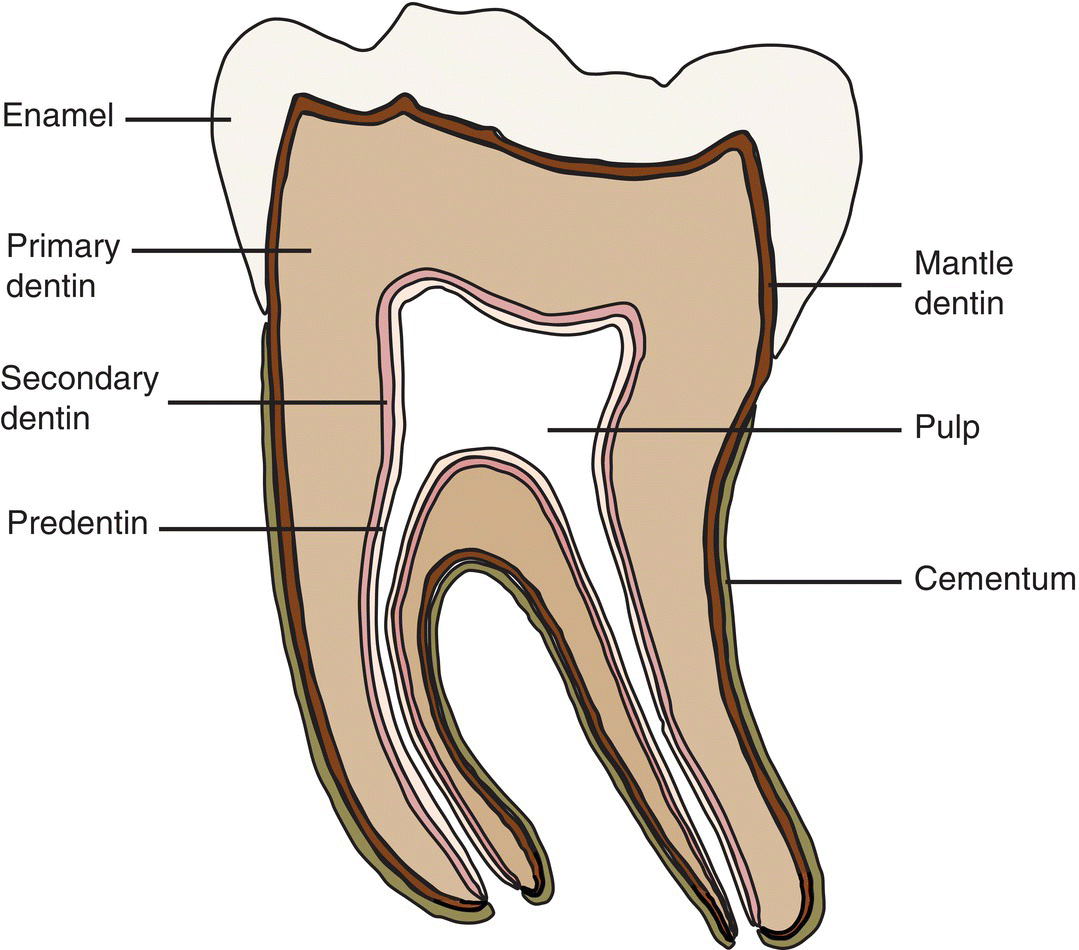
For many people, teeth are really just there, and they don’t
look at the nuances of them. But did you know that teeth are way more complex
than they look? That’s right, teeth are actually super detailed, and there are
various parts to it. this article will delineate each of the various parts of a
tooth, and what each of them do. It might seem like just a simple thing made of
a pebble or a marble, but it’s way more than that. There are distinct parts,
and distinct nuances of a tooth that are important to know about.
The first, is the enamel. This is the part that you see, the
hard, almost resilient substance that is over the crown of the tooth. It’s
composed of a lot of different minerals, thereby making it stronger than bone,
and it will protect everything that lays below, such as the important tissues
and blood vessels. However it’s not indestructible. If you engage in bad habits
such as chewing ice or grinding your teeth, or if you have a lot of acidic
foods and alcohol, you can weaken and damage the tooth, and it’s much more
prone to decay and infection than you’ve ever thought possible. So, make sure
you keep this in mind.

Then there is dentin, which is below the enamel, which is a
calcified substance that’s like bone. It’s weaker than enamel, and it’s vulnerable
to tooth decay, especially when the enamel is weakened or damaged. In it
contains various tubes and canals, and if you start to notice that your teeth
are sensitive, it could be from this area. That’s because if you lose the
enamel on the surface, it will leave these tubes prone to both heat and cold,
since you’re directly stimulating the nerves within the teeth.

Then, there is the hard, connective tissue that covers the
root of the tooth, which will help anchor it to the jaw or the bone. This is cementum,
and it’s where many gum problems happen, and often, it’s usually covered by the
gums. If you start to have infected or diseased gums, whatever the case may be,
it could be because the cementum is exposed to the same bacteria that hurt the
enamel, which will not only weaken the tooth, but the bone below as well.
And finally, you have the deep center, where the pulp is.
This is where all the blood vessels, nerves, and other tissues that give
nutrients to your teeth lay, and also where the signals to the teeth reside.
Now, if you have a major tooth decay and infection, the bacteria can go so far
as the pulp, which leads to something called pulpitis, which can show itself in
the form of a toothache, hot or cold sensitivity, and the like. It’s something serious,
and should be addressed with your dentist if this does happen.

Now, one thing that all of these parts have in common, is
the need to prevent infection and other damages that happen. The best way to
start this, is with good oral hygiene habits, and visits to the dental
professional. They’re remarkable machines, but in order to keep these
maintained, they need to be taken care of, so that they can function properly.
You’d be surprised at how many don’t take care of their teeth, and this is
often where the problems begin to reside.
Now that you know about the four parts of your tooth though,
it should give you a better idea of how imperative it is to see the dentist.
Now, enamel troubles are really the superficial part of the problem, and where
the beginning problems reside, but if you don’t take care of it, it can get
deeper, which is something that you don’t want to have. Take care of your
teeth, and your oral health, and you’ll be able to have better, more functional
enamel later on, and enamel that protects the rest of these parts from anything
foreign. You owe it to yourself to have this, and you’ll be able to not only
take care of your health now, but also in the future when it is right.
Nice post. Well what can I say is that these is an interesting and very informative topic on tooth decay
ReplyDelete